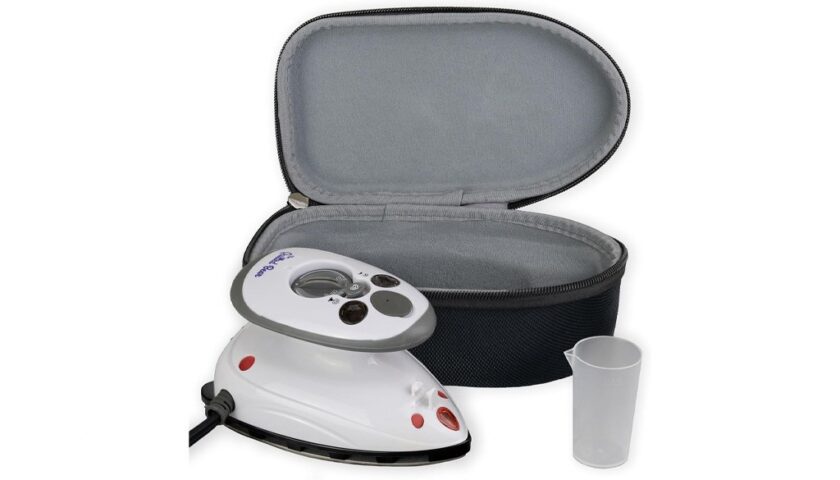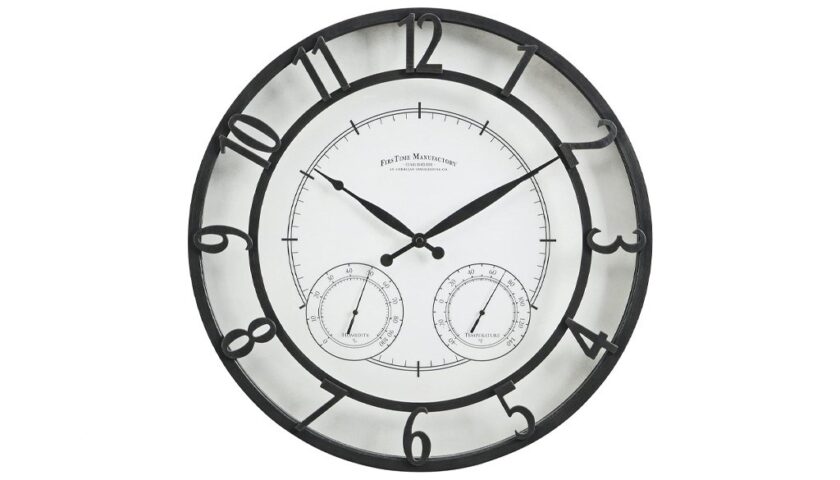When it comes to home ownership, there are countless things you need to stay on top of that nobody tells you about. There’s the maintenance you need to do, such as changing air filters and fixing leaky pipes. There’s the lawn care your homeowners association will annoyingly remind you about (if you have one). And there’s protecting your home from gases, such as carbon dioxide and radon.
Radon is dangerous, with very little needed in the air you breathe to cause health problems such as lung cancer.
What is radon?
Radon is a gas created by the breakdown of uranium, thorium and radium, common elements in our planet’s crust. Because it comes from the earth, it’s found everywhere.
The average amount swirling around the air outside your home is about four-tenths of a picocurie per every liter of air, according to the Environmental Protection Agency. But according to the EPA, the average radon level indoors is 1.3 picocuries per liter of air.
Because it’s found everywhere and because it can be so deadly, you should have a radon detector in your home. If your detector comes back with any level at or exceeding 2 picocuries per liter, immediately take steps to reduce it to 1.3.
What to know before you buy a radon detector
Radon detectors actively monitor your home’s radon levels. They require power, whether batteries or hardwiring to your home’s electrical system.
They typically give two kinds of results. The first is a short-term reading, as detected every hour or other period of time. The second is a long-term average of one of the following: all the readings it’s ever taken, those taken over the last year or some other length of time.
The best detectors can also detect other particles and gases in the air, such as carbon dioxide and air pressure.
Most detectors have a screen that displays their readings, but some more modern ones connect to your phone using Bluetooth or Wi-Fi. These advanced detectors are also the most likely to take more than radon readings. Some phone-connected detectors can also send an alarm to your phone if dangerous levels are detected.
The only downside to radon detectors is their cost. The most basic start around $50, and better ones usually cost $100 to $150. The best can cost up to $250.
What to know before you buy a radon test kit
Radon test kits, also called passive radon detectors, are a much more affordable form of radon detection. They can cost as little as $10 and rarely cost more than $50 to $60.
However, there are some caveats that come with the decreased cost. The biggest is that you can’t see the results yourself. After the kit has spent long enough in your home (two to seven days if it’s a short-term test and up to several months if it’s a long-term one), you have to send it to a lab for processing.
Most kits include the shipping and lab analysis in the fee, but make sure yours does to avoid having to spend another $50 or more. These kits usually take no more than a few days to process once they arrive in a lab, so there isn’t much waiting around.
What to do if your home has high radon levels
There’s nothing you can do yourself. All you can do is hire a state-certified radon mitigation specialist.
Best radon detectors
Airthings Corentium Home Radon Detector
This detector takes a short-term and long-term average of your home’s radon levels and can generate a radon self-inspection report as needed. It runs on three AAA batteries.
Airthings 2930 Wave Plus Indoor Air Quality Monitor and Radon Detector
This detector scans the air for radon, total volatile organic compounds, carbon dioxide, humidity, temperature and pressure. You can get all the results right from your phone.
Ecosense RD200 RadonEye Home Radon Detector
This detector takes only 10 minutes to deliver your first reading, though a more accurate reading comes within an hour. It also updates your radon reading every 10 minutes and can connect to your phone via Bluetooth.
Ecosense EQ100 EcoQube Radon Detector
This little cube uses an LED indicator system so you can see your home’s condition at a glance: green for good, yellow for concern and red for immediate action required.
This excellent short-term and long-term detector is simple to set up and use. It runs on two AA batteries and has a battery indicator on its screen.
Best radon test kits
This short-term test kit takes only 48 to 96 hours to gauge your radon levels, and the lab that runs the test is quick. Shipping to the lab is included.
This kit takes three to seven days to check your home’s radon levels, and the lab analysis is included in the cost. The instructions are clear and precise.
First Alert Radon Gas Test Kit
This kit not only includes the test and lab analysis, it has detailed instructions on everything from how to use it to what radon is and how it enters the home.
First Alert Radon Gas Test Kit Two-Pack
Individual radon test kits can’t measure every part of large homes, so this discounted two-pack is perfect for anyone who needs to test a larger home. The lab gets you results in five to seven days.
Health Metric Radon Gas Test Kit
This excellent short-term test only needs two to four days to absorb possible radon. Shipping and lab fees are included.
Prices listed reflect time and date of publication and are subject to change.
Check out our Daily Deals for the best products at the best prices and sign up here to receive the BestReviews weekly newsletter full of shopping inspo and sales.
BestReviews spends thousands of hours researching, analyzing and testing products to recommend the best picks for most consumers. BestReviews and its newspaper partners may earn a commission if you purchase a product through one of our links.
Distributed by Tribune Content Agency, LLC.





